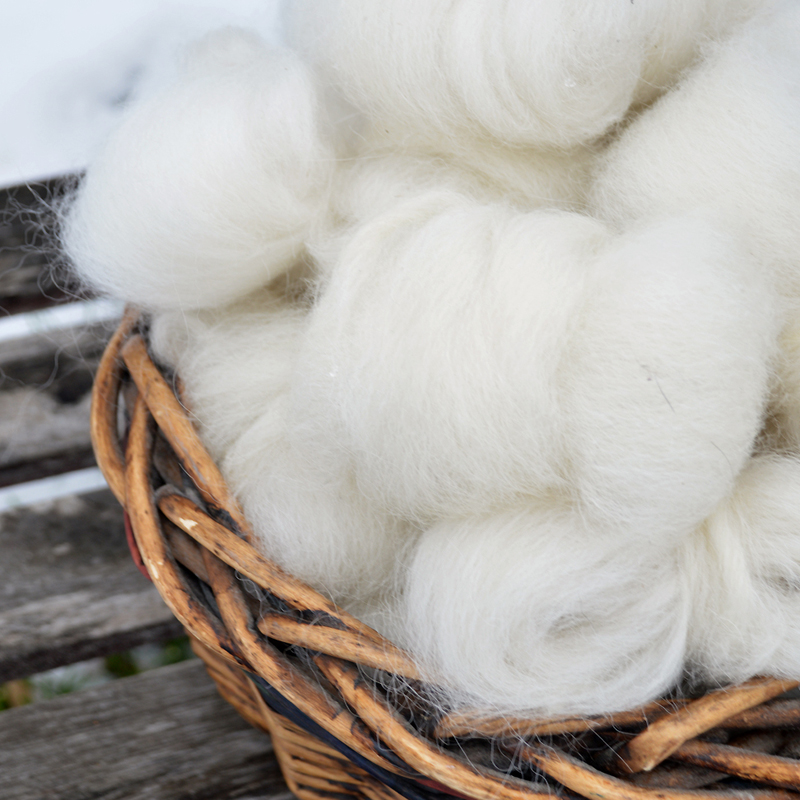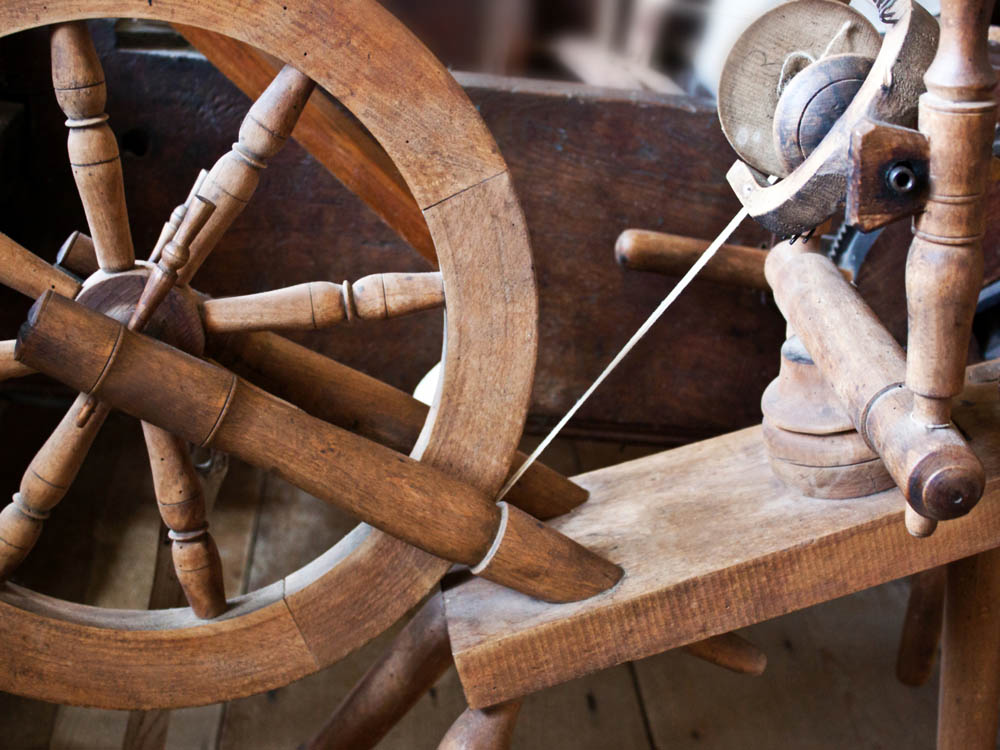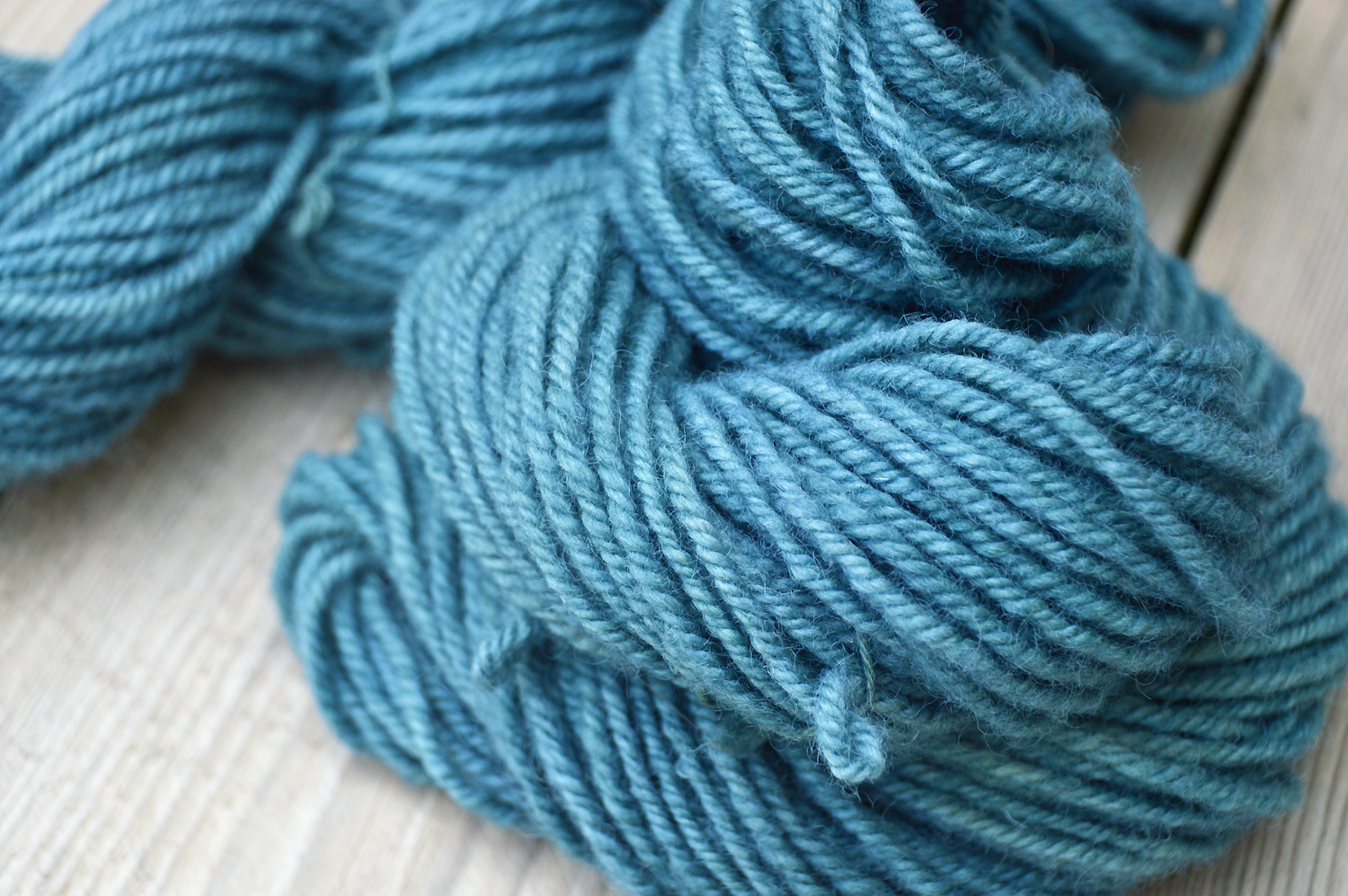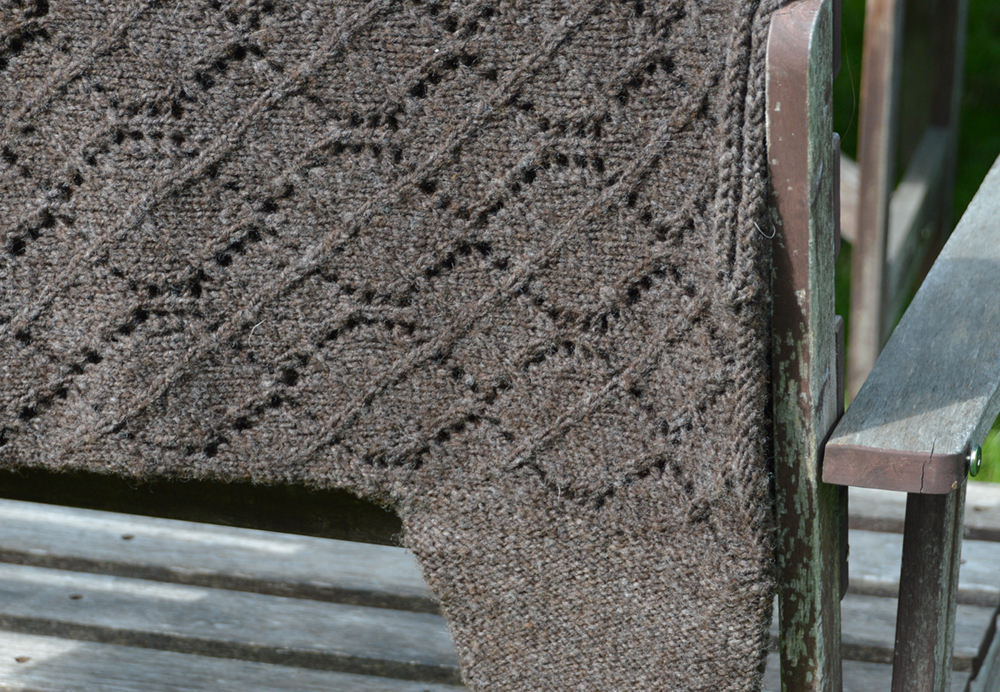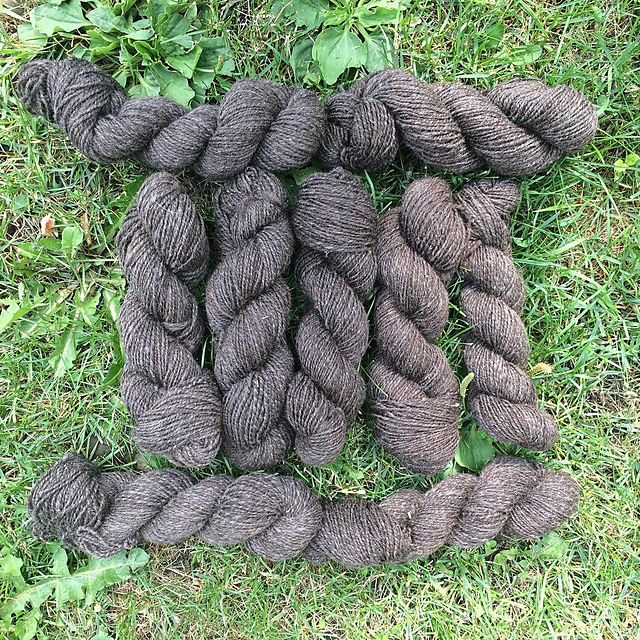Measuring wraps per inch (WPI) and twists per inch (TPI) can be two of your absolute most useful measurements to take when spinning. I consider them a foundational measurement to take, especially if you’re a technical spinner and love to be able to reproduce a yarn.
I’m going to talk a bit about what these numbers are – and specifically with twists per inch – how those choices you make throughout your entire spinning project will greatly affect your final yarn.
Twists per inch especially can be a very useful number for a beginning spinner to learn to measure. So many of us greatly over or under spin our yarns at the very start of our learning, and it can all be a bit of a mystery as to why. But going in with an understanding of how twists per inch can influence the yarn can be so beneficial from the outset.
What They Mean & Why To Take Them
We’re all familiar with terms like fingering, sport, bulky, etc. weights. While those can be useful, they can also vary. What one yarn company calls a fingering weight, may be called a lace weight by another. What one company calls aran, might be worsted to another company. While those terms are great for giving us a general idea, they are subjective. Wraps per inch isn’t subjective – it’s a straight measurement that can be relied upon again and again.
Wraps per inch is the number of strands (either singles or your plied yarn) that can be laid next to each other in an inch. It’ll give you a standard measurement for how thick your yarn is, and in the case of singles, let you estimate how thick your final yarn will be by some quick and dirty math (more on that below).
Twists per inch is the number of actual twists in your single or ply in an inch. Some spinners like to spin to the crimp in a wool. So a spinner with a fine, crimpy merino with 10 crimps per inch might want to spin their singles to match (or closely match) that number. As where a long, soft long wool with only 2 crimps per inch might lead a spinner to want to spin to that number instead. That is not to say you necessarily should follow that each and every time. Like so much of spinning there are times when you may want to throw that out the window and do something different. But knowing the how and why, and feeling your yarns with how those different twists play can give you a solid foundation on your spinning adventures.
For ply, twists per inch is also extremely useful. If you’re spinning for a lace project you’ll want to back right off that number, perhaps going as low as you can to really allow that lace to open up in the final blocking. And on the flip side, if you are looking for a a final yarn with some bounce and body, tightening that ply twist will help you create that final effect.
Another aspect of twists per inch to consider is to create a more balanced yarn. If you spun your singles with 5 twists per inch, plying to around the same number will give you that balanced resulting yarn. If you want to create a stronger yarn – say, a 3 ply sock yarn – upping that final ply twist so it’s slightly over plied can increase strength and durability.
Measuring Wraps Per Inch
I take my WPI tool, and begin wrapping the yarn around. The trick with this is to not wrap your yarn too tightly, otherwise it’ll give you a larger number of wraps, and thus, a larger wraps per inch number. Lay the yarn on your tool without pulling the yarn tight, as this will skew your numbers. Lay the wrap gently, but snuggly onto the tool to get your number.
Also be aware to lay your strands next to each other without crowding or overlapping, they should just be touching.
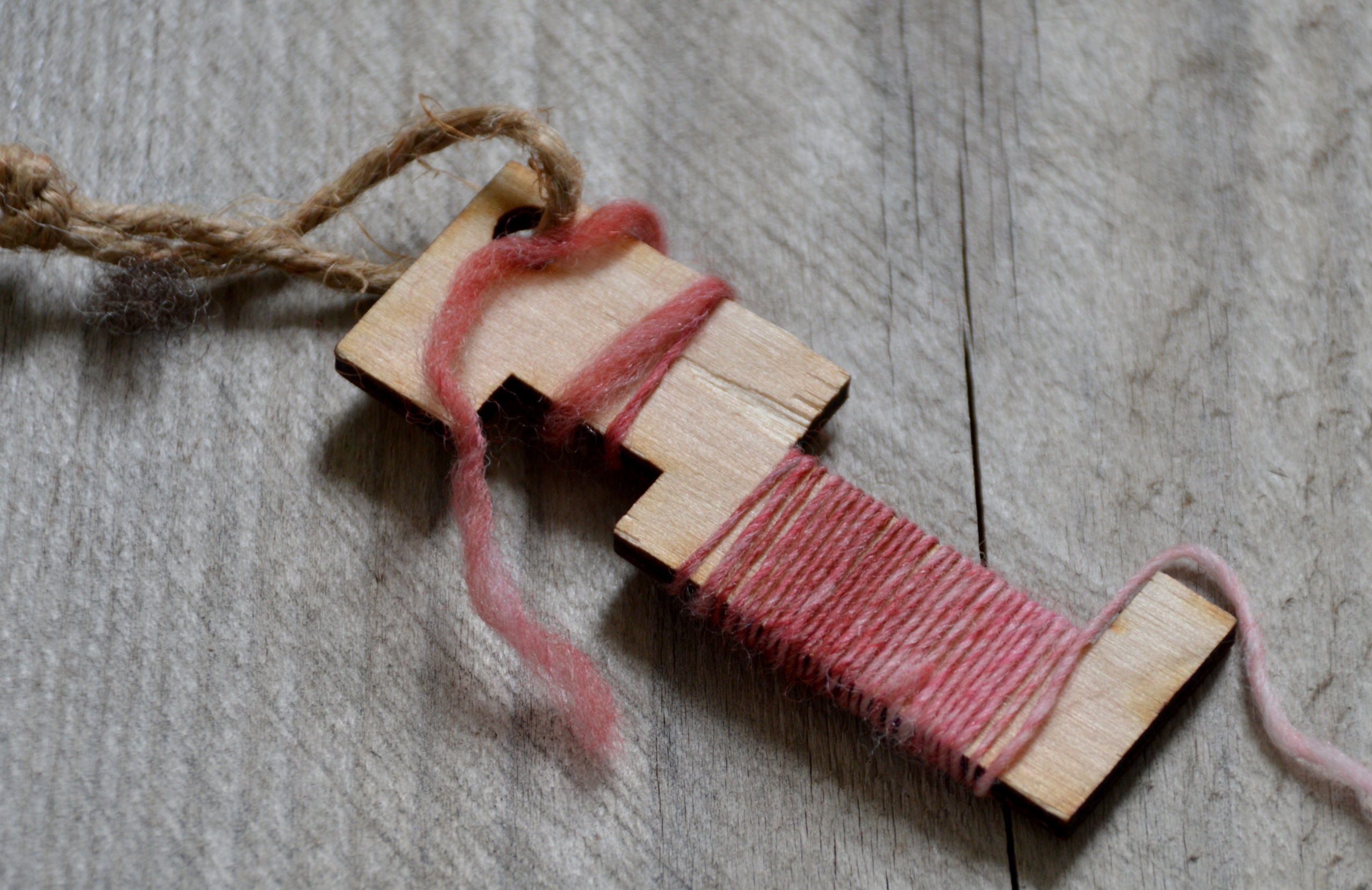
Measuring Twists Per Inch
Depending on which stage of yarn creation you’re at, how you take this measurement will be a bit different. For your unfinished singles, while you’re spinning, pull 1-2 yards off your bobbin. Why so much? Because your yarn will continue building twist right up until it’s on the bobbin – so even if it’s through the orifice it’ll still be taking on a bit of twist. Take your single, and fold it back in on itself, so it twists back naturally. Count the bumps in your temporary two ply, then divide by half. That’s your singles TPI. This is also called a plyback sample, and often spinners will keep a small one of these with their spinning notes to reference in the future.
Spin Off Magazine has a great set of photos right here showing how to do a ply back sample while you’re spinning.
Unfinished plied and finished plied are the same method of measurement – take your yarn, and lay your WPI tool over it. Count the bumps, then divide by your number of plies. So, for example, if you have a 2 ply yarn and 6 bumps, take that six and divide by two for a final TPI of 3. If you have a 3 ply with 12 bumps, your TPI is 4.
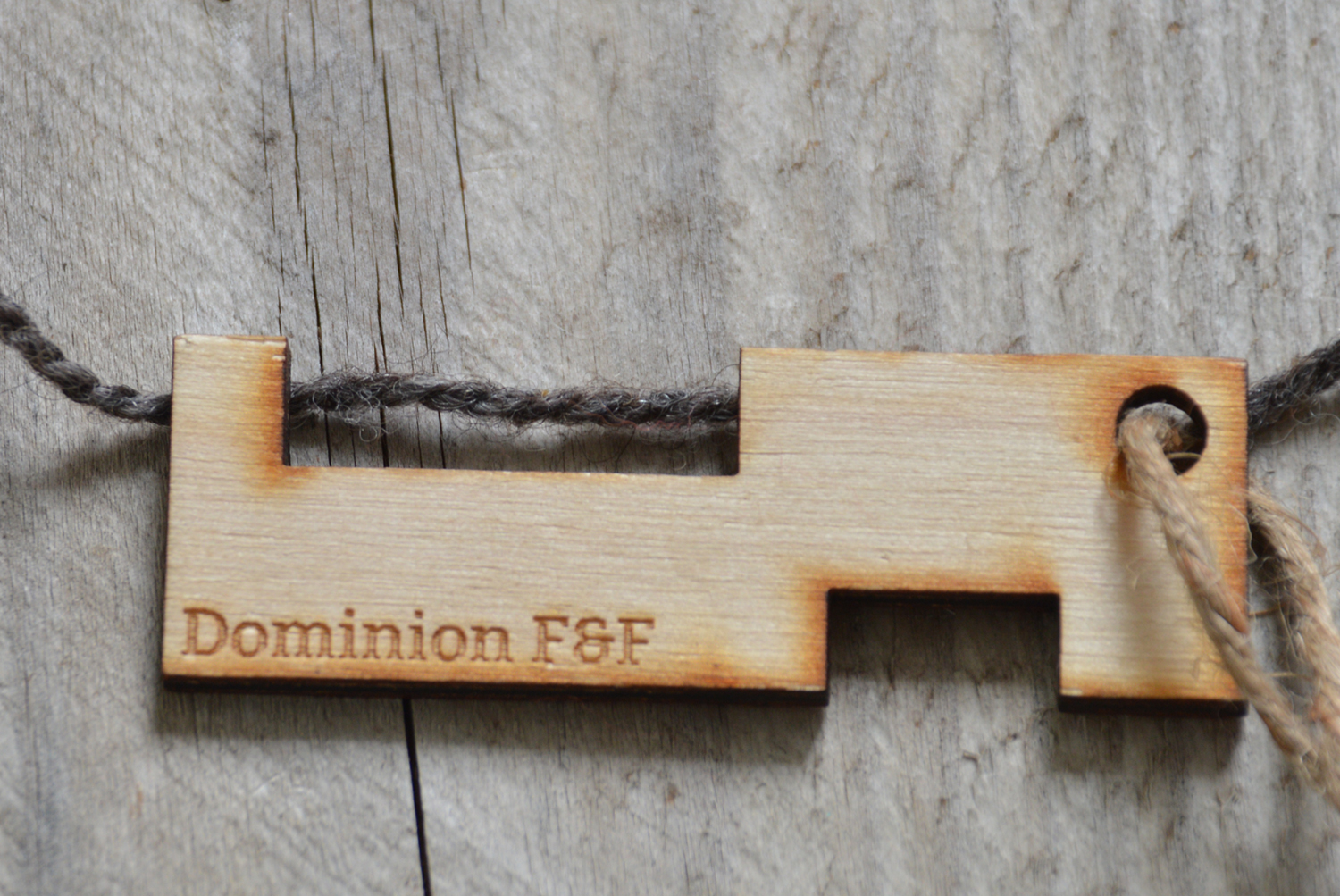
Using WPI to Estimate Finished Yarn Weight
There’s some very quick, easy calculations to do to estimate your finished yarn weight from your singles WPI. Do note that several factors will influence your final yarn WPI – these could be things like finishing, or the qualities of the fibre you’re spinning itself (a fine wool will puff up a lot more than a long wool for instance). Having said that, it’s a good way to give you a general idea of where you’re headed for your finished yarn.
If you’re spinning a 2-ply, take the WPI of your singles, and multiply by 2/3. So a single with a WPI of 18 will give you a finished yarn of approximately 12 WPI.
For a 3-ply, take the WPI of your singles and divide by half. So, taking your imaginary 18 WPI single, your final yarn will be in the 9 WPI range.
I have done some experimentation with 5 ply yarns, and so far the calculation seems to be taking your single, and multiply by 2/5. So your 18 WPI single, will result in a yarn of about 7 WPI.
Once you start getting into yarns with different structures (cabled, hawser, etc.) those estimations go out the window a bit. The best I can recommend in these instances is to sample, sample, sample before you dive right into your big spin.
As you can see by the math, there’s the law of diminishing returns. A 3 ply yarn doesn’t differ too significantly from a 5 ply yarn, which is why most spinners opt to spin their singles more thickly, rather than increase their number of plies.
And that’s it! A foundation of everything you need to know about WPI and TPI. I highly recommend jotting down your notes as you take your measurements – they’ll give you a baseline to refer back to in the future, and you will begin seeing similarities between fibre types. It’ll also give you a great base of knowledge for the future, so while you’re holding that brand new lock of fibre in your hand, you can do a bit of pre-planning to get the perfect yarn for your next project.
